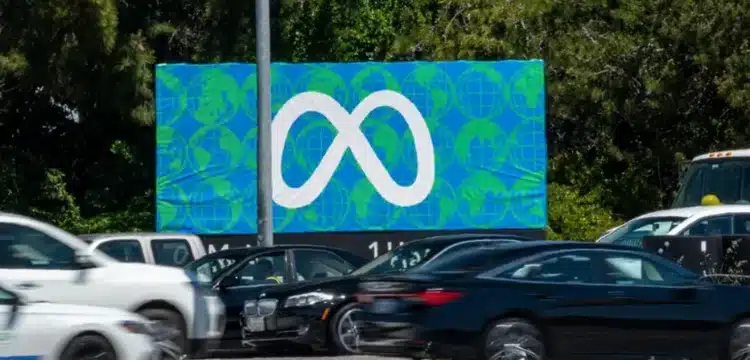[vc_row][vc_column][vc_column_text dp_text_size=”size-4″]The AI tool, dubbed ‘I-JEPA,’ fills missing sections of photos using background knowledge about the world, which differs from normal generative AI models.
Meta, Facebook and Instagram’s parent company, has now revealed that it will supply researchers with a new ‘human-like’ AI image creation model that can analyse and fill unfinished areas of an image.
The ‘I-JEPA’ AI programme fills in missing elements of photos by using background knowledge about the world. While the I-JEPA may appear to be a standard AI picture generation and fill tool, it is far from it and is touted to be far better.
What distinguishes the I-JEPA is that it incorporates background knowledge about the world when filling in visuals, which improves the output in terms of imagination and does not limit results to the fill. Regular image filling AI techniques, on the other hand, analyse the surrounding pixels of an incomplete image and complete the photo using data from the image itself.
Also Read: Users Will Be Able to Change Colour Schemes in Artwork Using a New Adobe Illustrator AI Tool
Meta claims that being inventive and having prior knowledge makes their AI tool far more “human-like.” According to Yann LeCun, a Meta AI scientist, being human-like permits the AI to avoid frequent AI blunders such as producing a hand with extra fingers, and so on.
“It’s far better for us if the industry standardises on the basic tools that we’re using so that we can benefit from the improvements that others make,” LeCun added.
Meta is constantly publishing AI models or AI-related models, putting a lot of its bets on artificial intelligence. Meta has included generative AI features into its ad tools, as well as an Instagram tool that would change user photographs based on text commands.[/vc_column_text][/vc_column][/vc_row]











